CART STATUS: Awaiting Adventure Gear.
2023 CDT
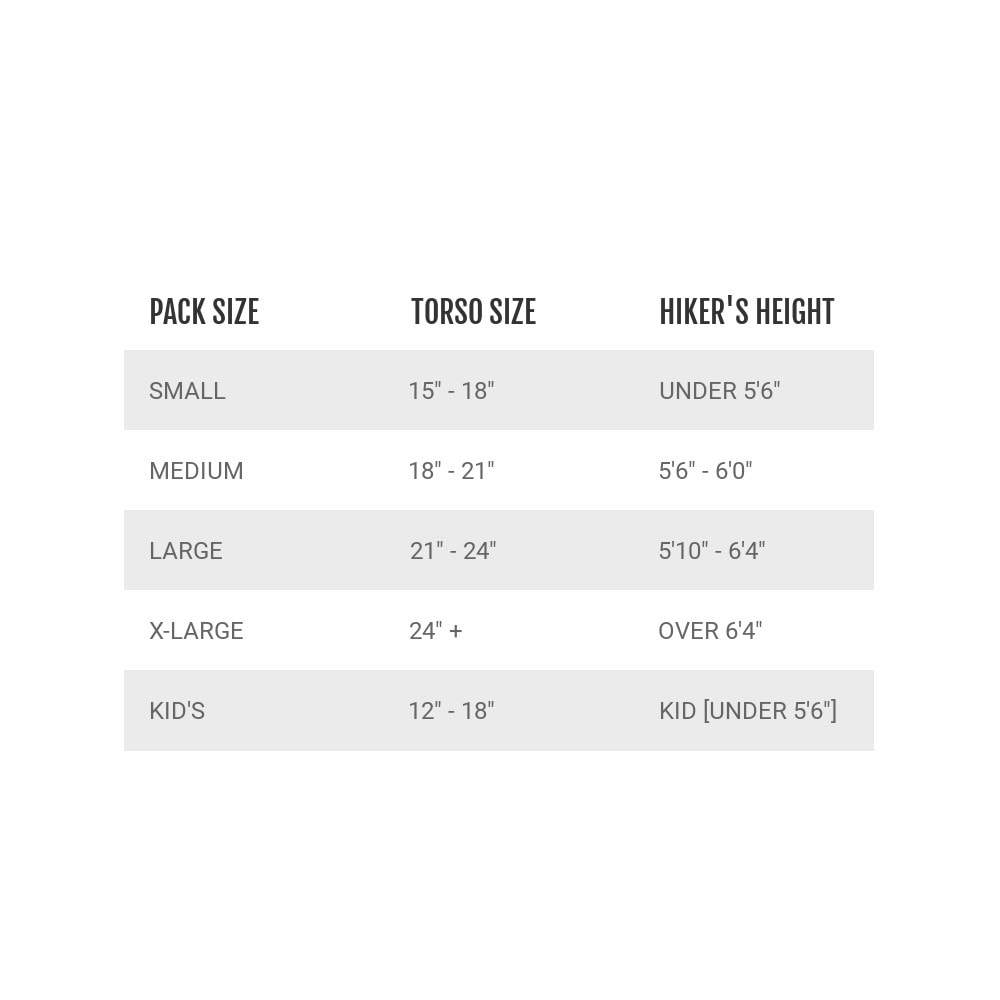
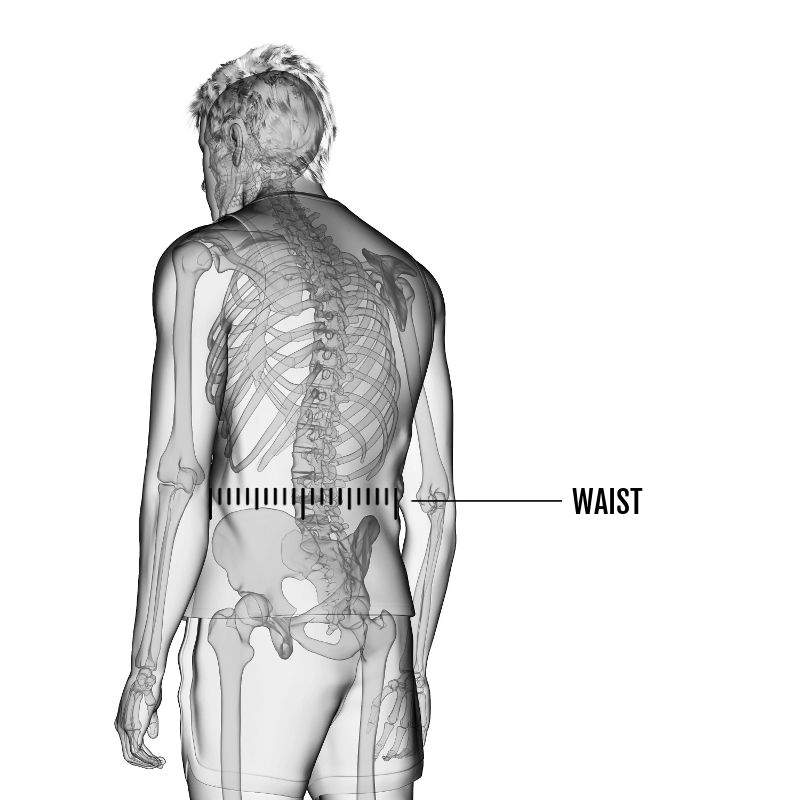
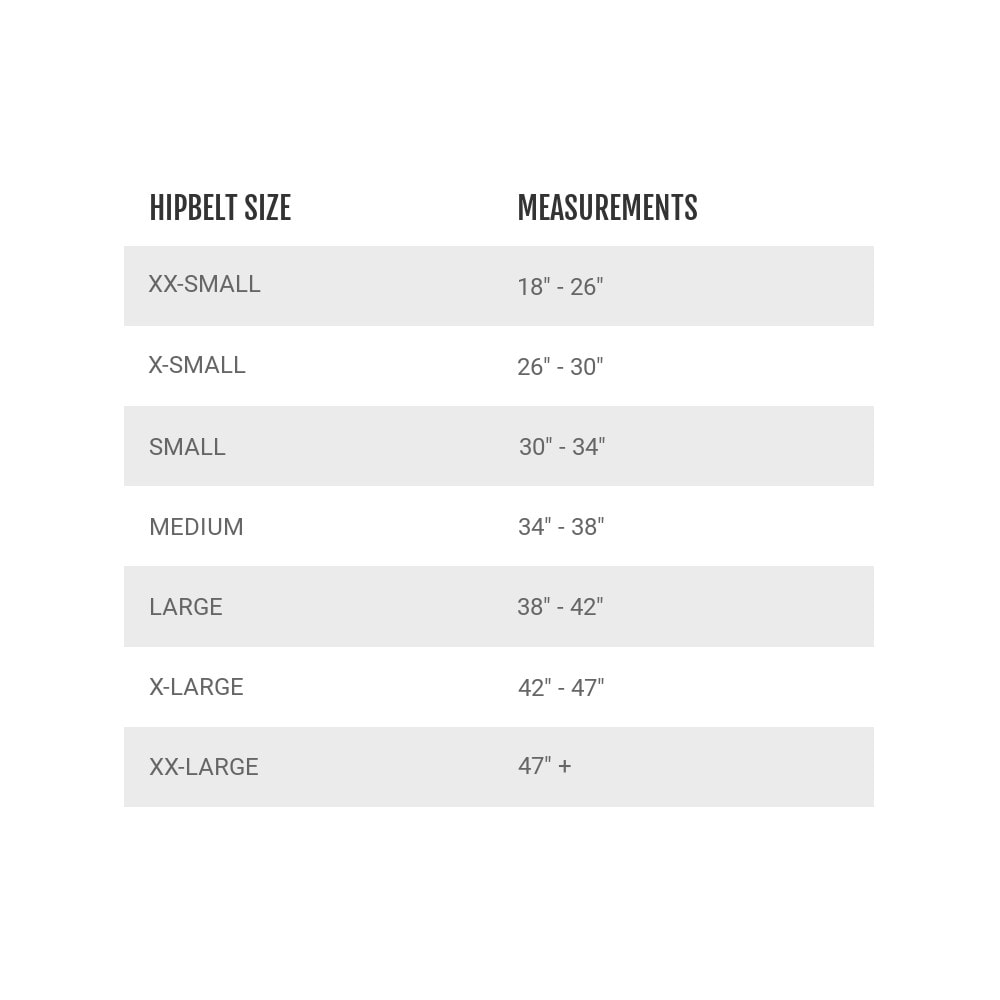
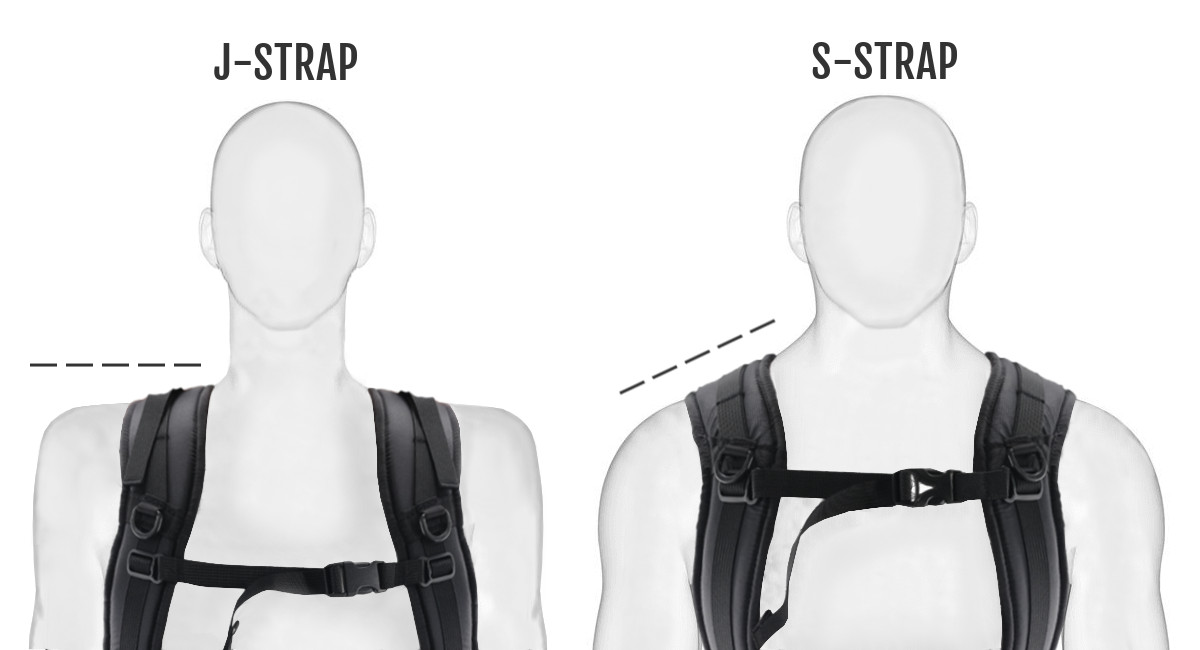
1. TORSO FIT
- Standing upright, tilt your chin to your chest.
- Locate your C7 Vertabra—the large lump at the base of your neck.
- With flexible tape, measure down the length and natural curvature of your spine to your iliac crest/ the top of your hipbone.
- This measurement in inches is your torso length.
TIP: If you're between 2 sizes, order the smaller size. Still not sure? Contact us.
2. TORSO CHART
We've found most people in these height ranges fall into these torso/pack sizes. That being said, it is always best to measure your torso using the guide above.
If you're between sizes and you are getting a FRAMED pack, we recommend you size DOWN!
If you're between sizes and you are getting a FRAMELESS pack, we recommend you size UP!
If you have questions, or your torso size doesn’t seem to make sense for your height, please contact us.
3. HIPBELT FIT
Use the following method to determine your hipbelt inches, then head to Step 4 to see the hipbelt size you need.
MEN
Pant Waist Size + 2".
WOMEN
CURVY HIPS: Smallest part of your waist + 5".
STRAIGHT HIPS: Smallest part of your waist + 3".
KIDS
Smallest Part of waist + 2".
4. HIPBELT SIZE CHART
Find the hipbelt measurement you calculated in Step 3 on the chart. That will be your hipbelt size.
TIP: If you are on the outer edge of a size, order the larger size. [ Ex: If you are 38", you will notice 38" is the last number of the Medium Hipbelt and the first number of the Large Hipbelt. You would want to order a Large.]
5. SHOULDER STRAPS
The downward slope of your shoulder profile usually determines strap preference. You can assess your shoulder slope profile by looking in a mirror or having a friend look at the angle of your shoulder from the base of your neck to your shoulder point.
If there is relatively little or no downward slope, you have what is referred to as flat or squared shoulders.
If there is a noticeable downward slope, you have what is referred to as standard or sloping shoulders.
J STRAPS
J-straps are the traditional straight straps. They are best suited for people with flat or square shoulders, as their flat shape provides better surface contact and less rub.
S STRAPS
S-straps contour body curves. They are best suited for people with standard or sloping shoulders, as their contoured shape better hugs your shoulder slope.
TIP: If you have a short torso but a larger upper body, you may need a slightly longer strap. If you are very large in the upper body, you might need XL shoulder straps. Contact us, and we would be happy to make these customizations so your pack is comfortable and fits well.
OR
![]()
MADE IN THE U.S.A.
FREE U.S. DELIVERY
LIFETIME WARRANTY*
TUNE-UPS & REPAIRS*
DESCRIPTION
The CDT is our lightest, most basic, full-sized backpack. With just over 50 liters of available space, the CDT is the largest of our two frameless packs. Built for those who travel light, the CDT is popular with ultralight thru-hikers, day hikers, and travelers.
The maximum comfort load for the CDT is sub 25 pounds; at these loads, the contoured shoulder straps and pass-through hip belt result in a comfortable carry. If you're rocking a UL kit, this pack is for you. Features like the stretch mesh front pocket, adjustable side pockets, and two hipbelt pockets help keep you organized on the trail. The CDT comes standard with a roll-top closure. A removable (and replaceable) foam back panel adds padding and little rigidity to this frameless pack.
We have also made the front shock cord system standard. For those looking to lighten up, the CDT can be purchased without a hip belt [-$20 and -8 oz]. The back panel and shock cord can also be removed for further weight savings.
AT A GLANCE
CDT [WEIGHT BY SIZE | OZ]
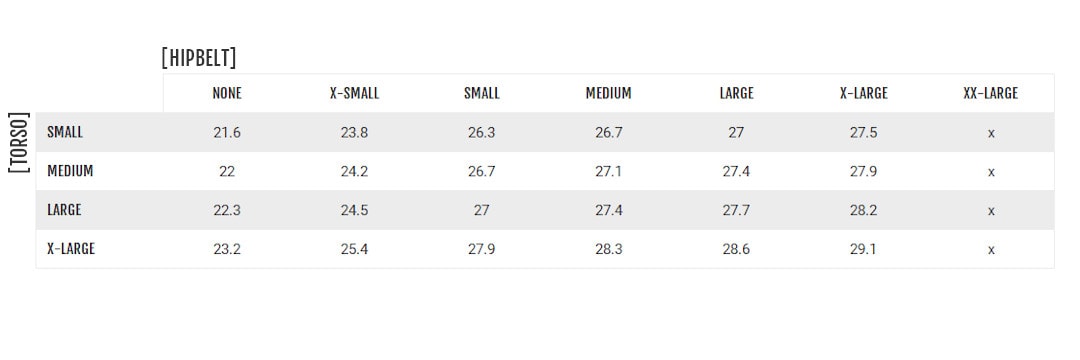
VOLUME: 3,370 CU IN | 54 L
MAX LOAD: 25 LBS | 11.34 KG
Built for those who travel light, the CDT is popular with ultralight thru hikers, day hikers, and travelers. If you’re rocking a sub-12-pound base weight, this pack is for you.
FEATURES
- Internal Pad Holster
- Removable & Height Adjustable Pass-through Hipbelt
- Contoured Shoulder Straps
- Hipbelt Pockets
- Front Mesh Pocket w/ Shock Cord
- Adjustable/Bellowed Side Pockets
- Hydration Port
- Sternum Strap
- 400d Robic Bottom Panel
- Trekking Pole Loops
- Side/ Top Suspension Straps
- Roll Top Extension Collar
- Foam Pad (1.9 oz)
CAPACITY
REC. MAX LOAD: SUB 25 LBS
PACK VOLUME
TOTAL VOLUME: 3,370 CI | 54 L
BREAKDOWN:
- Main Body: 1,750 CI | 28.7 L
- Front Mesh Pocket: 400 CI | 6.6 L
- Left Side Pocket: 350 CI | 5.7 L
- Right Side Pocket: 350 CI | 5.7 L
- Extension Collar: 450 CI | 7.4 L
- Left Hipbelt Pocket: 100 CI | 1.6 L
- Right Hipbelt Pocket: 100 CI | 1.6 L
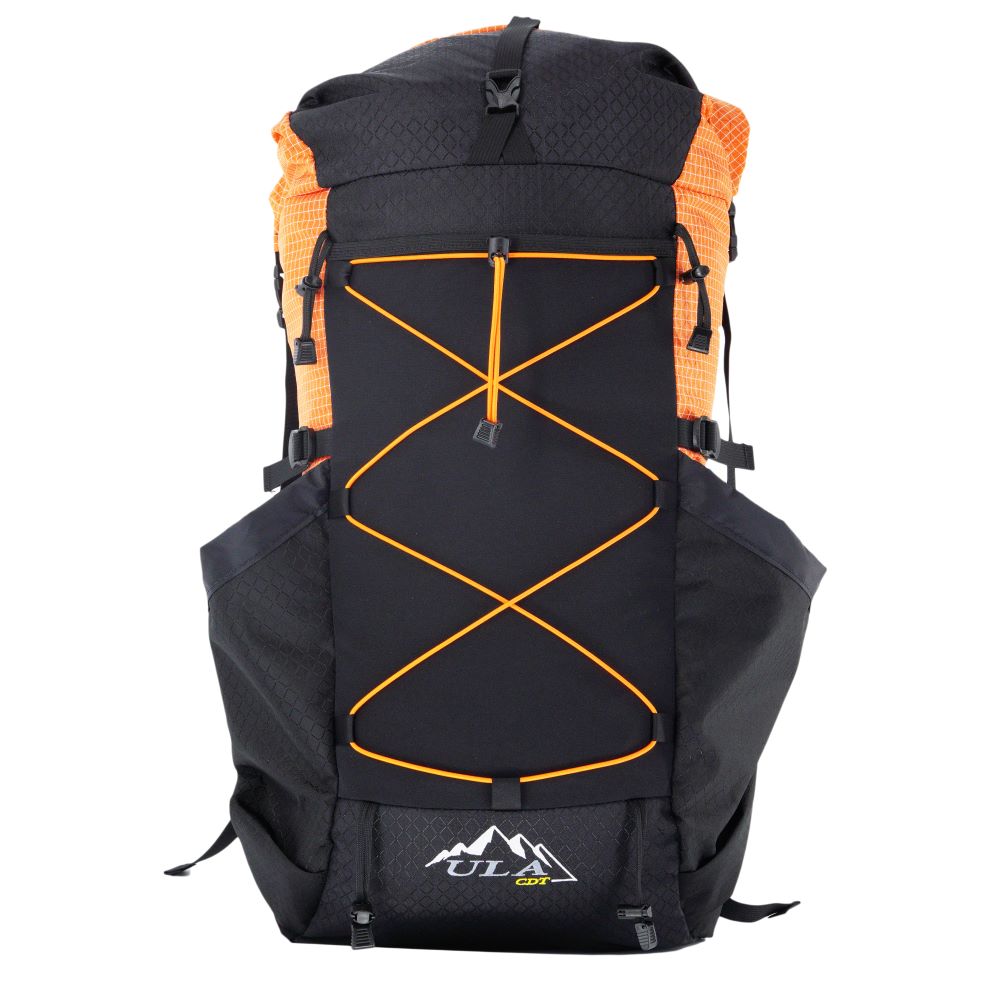
FAQ’S
Q: HOW DO I USE MY SLEEPING PAD IN CONJUNCTION WITH THE CDT? WHAT PADS WORK THE BEST?
A: Just about any lightweight pad (foam or inflatable) can be used for additional support and padding inside the CDT. Three quarters and full length pads that can be folded (as opposed to rolled) work the best. If you are using an inflatable mattress, deflate, then fold it into 1/3’s or 1/5’s before inserting. We also supply a ¼ inch piece of open cell foam with the pack that works very well for those of you not carrying a sleeping pad.
Q: CAN ANYTHING BE REMOVED TO SHAVE MORE WEIGHT?
A: Absolutely. The foam back panel can be removed (1.9 oz), as well as the sternum strap (2.0 oz), the webbing can be trimmed to size, and the pack can be worn without a hipbelt (8.0 oz.)
Q: CAN A WATER BOTTLE FIT IN THE SIDE POCKETS?
A: Each side pocket can accommodate two 1-Liter ‘Big Slam’ style bottles. In general most people can reach back and retrieve a bottle or drink, and return the bottle to the pocket without removing the pack. The top of the side pockets are angled for easier access.
Q: HOW DOES THE TOP OF THE PACK STAY CLOSED?
A: The top of the pack closes like a dry bag (also known as a rolltop) very similar to what river runners use to create a water resistant seal for their gear bags. The back of the collar is slightly taller than the front. Once you are packed, the collar can be rolled down upon itself to effectively create a barrier to water penetration. Once rolled, each side of the collar can be buckled to the sides of the pack or the two yellow buckles on the top can also be fastened to each other.
As for access, once the collar is rolled and fastened shut, you would need to unbuckle the compression straps and unroll the collar to access the inside of the pack. However, the roll-top only needs to be rolled shut when the weather dictates. If the sky is dry, the collar can simply be folded forward. Vertical compression can still be achieved by buckling the collar to the sides of the pack.
Q: DOES A BEAR CANISTER FIT IN THE CDT?
A: Yes. Smaller bear cans can fit in the pack vertically, while larger cans can be strapped to the top of the pack (externally.)
To see a chart showing what bear cans fit in what ULA packs (and how), visit our blog post “Bears! Everything You Need to Know About Backpacking in Bear Country.“
TECHNICAL FABRICS
ULA 400 ROBIC
…the toughest standard fabric we’ve ever seen. Highly tear and abbrassion resistant, reinforced with a ripstop weave to increase tear strength and stitch holding capabilities. 100% Robic Nylon fabric with three-pass Teflon DWR and a three-pass PU Coating, making it highly water resistant.
WHAT PEOPLE ARE SAYING…
LIGHTEN UP.
MORE FROM THE ULA PACK LINE
ULTRALIGHT PACKS FOR EVERY ADVENTURE

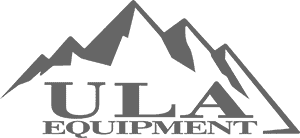
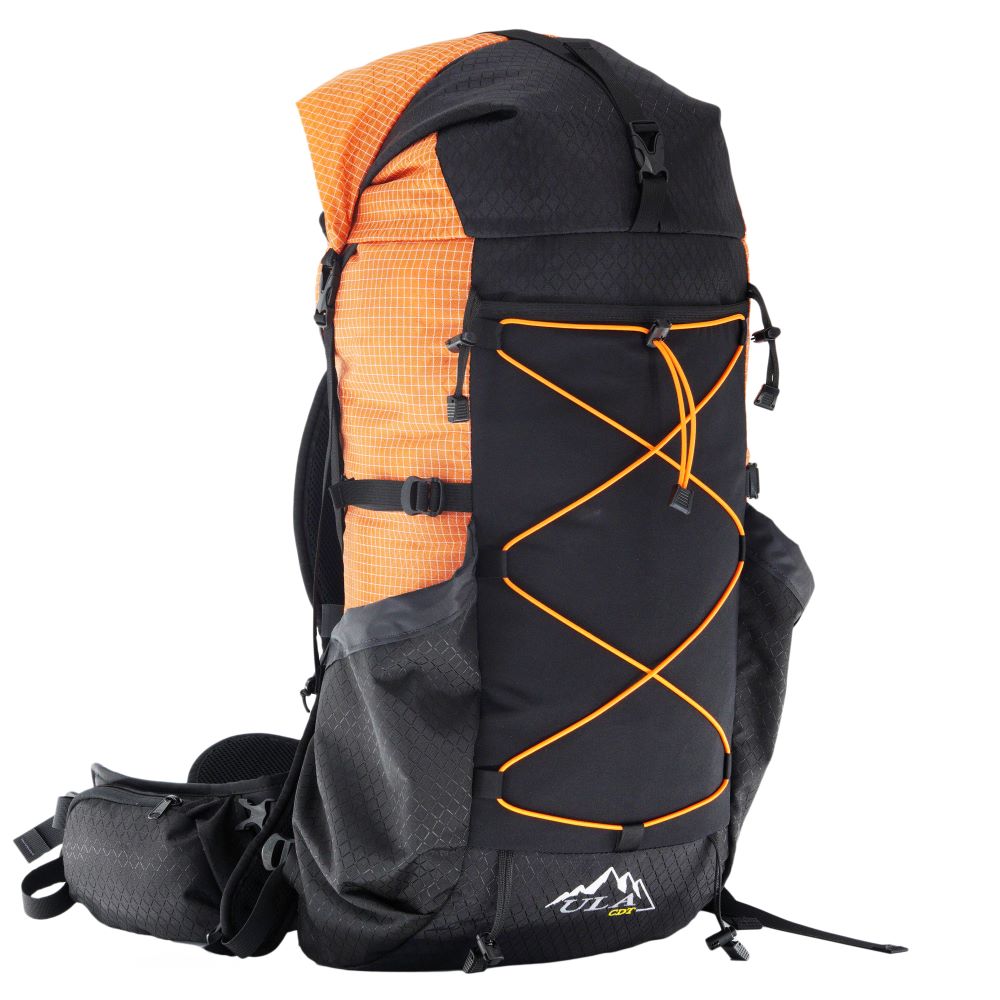
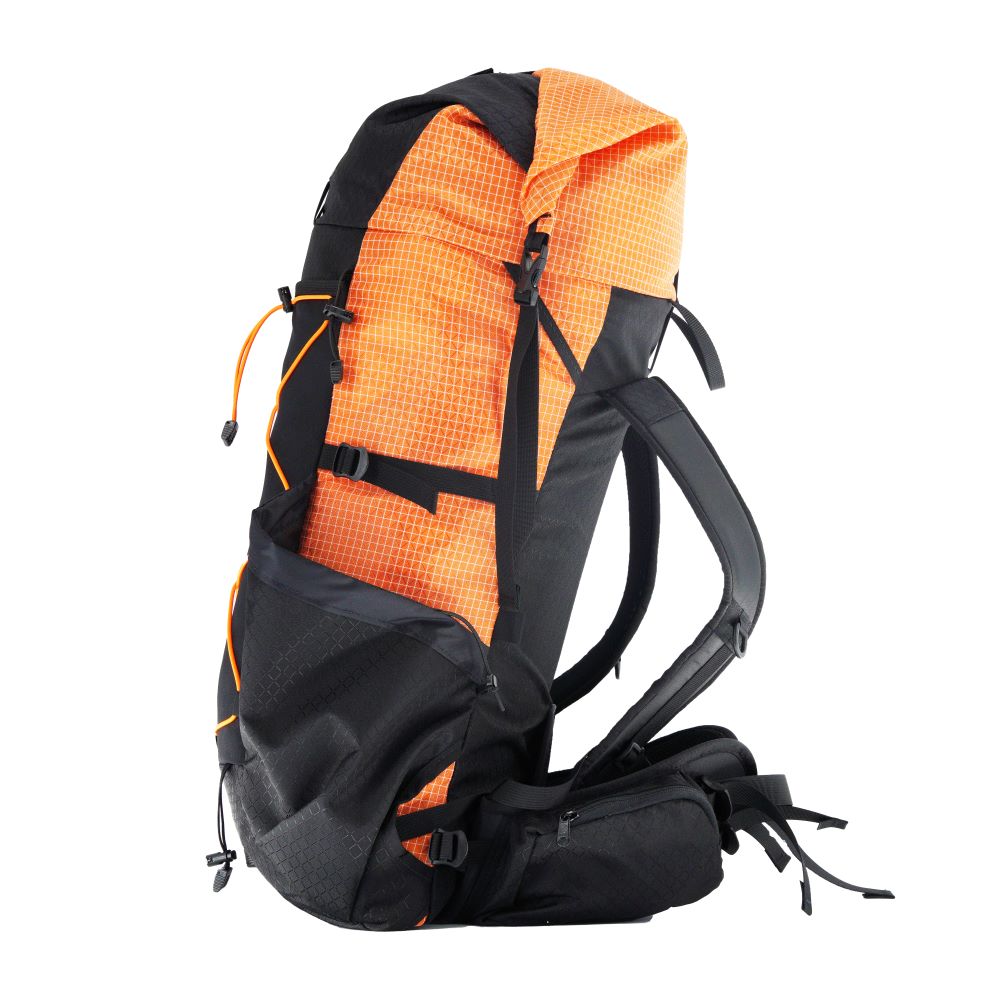
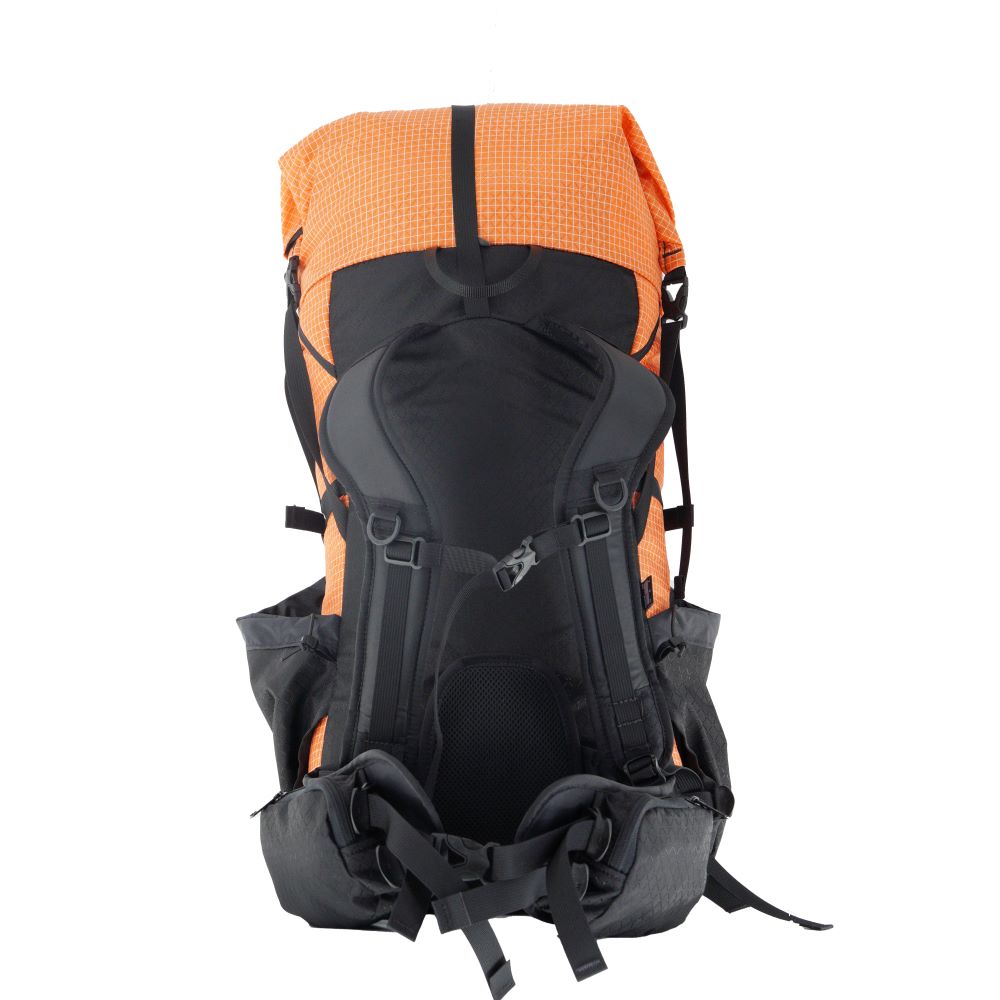
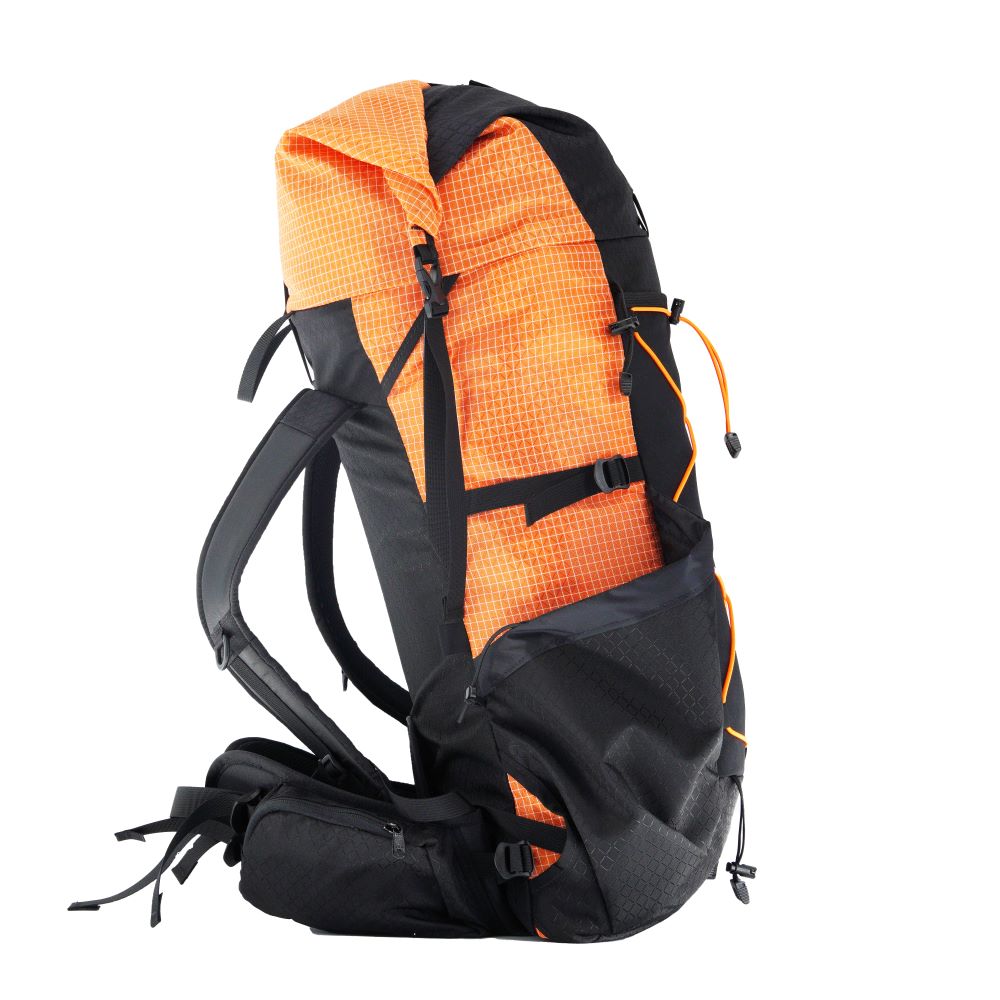
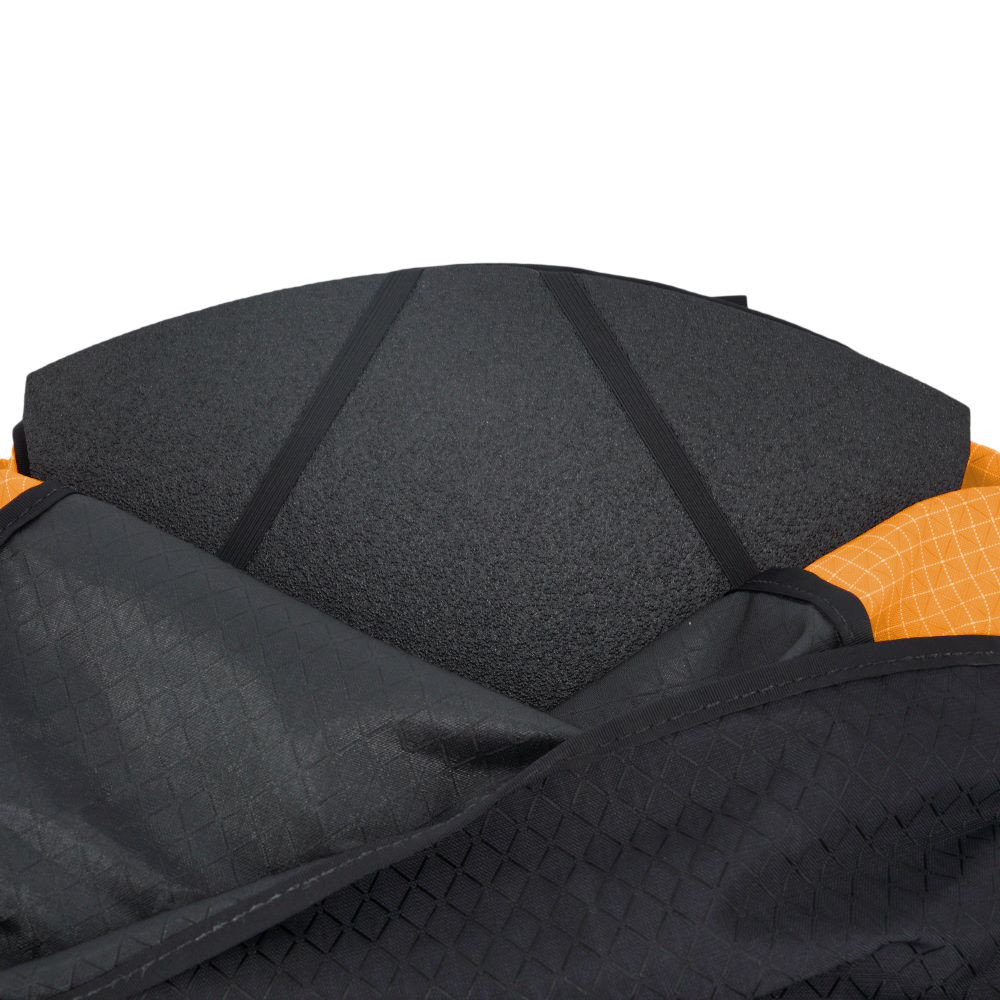
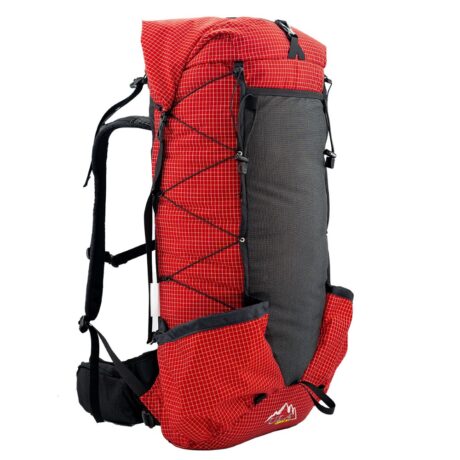
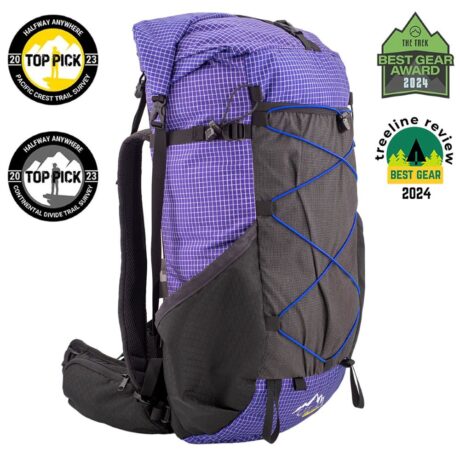
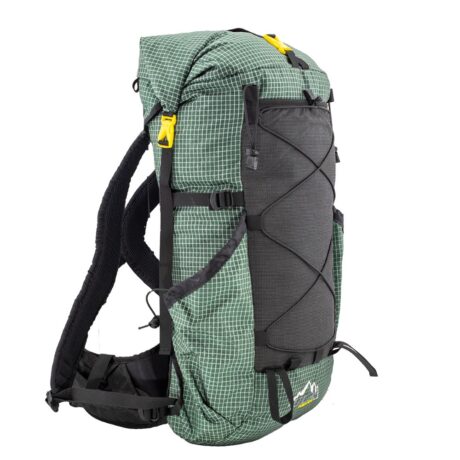
Reviews